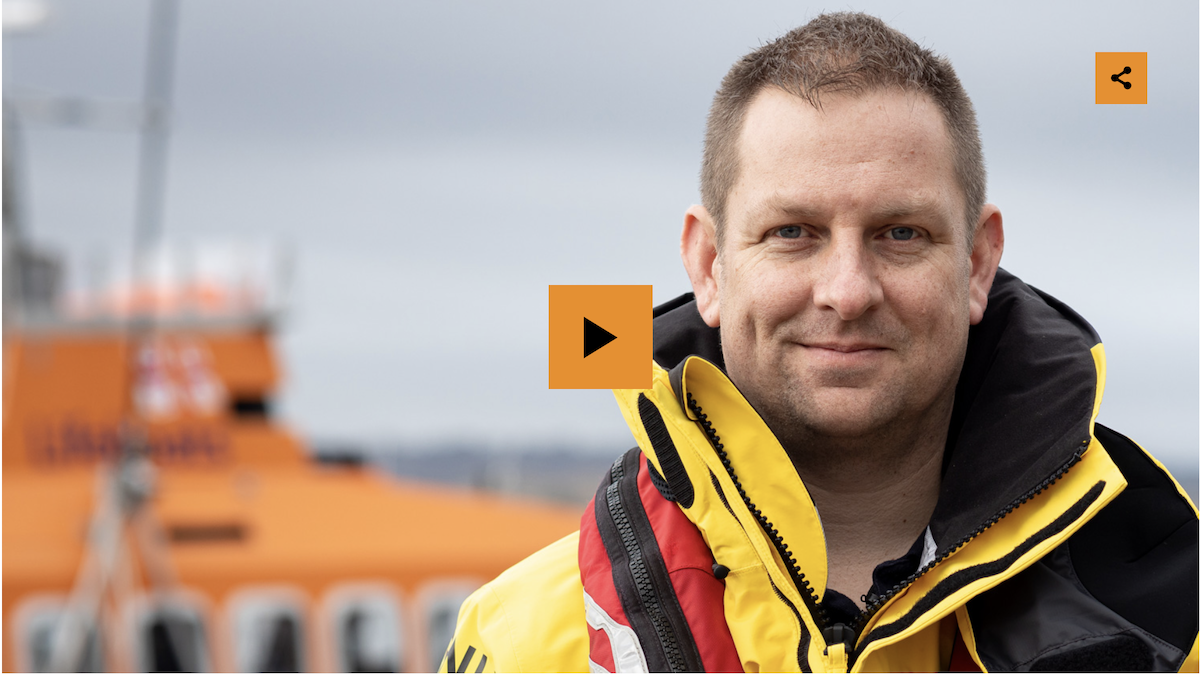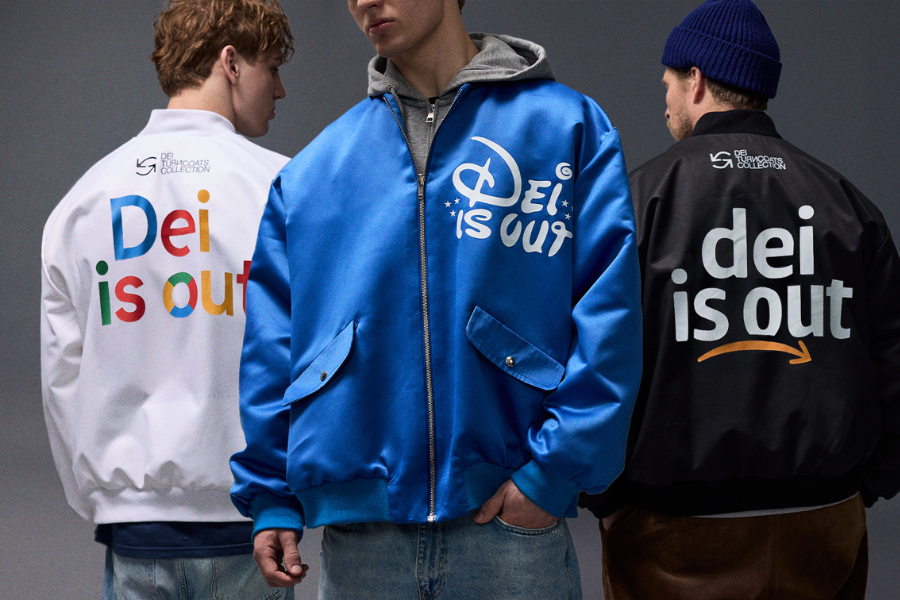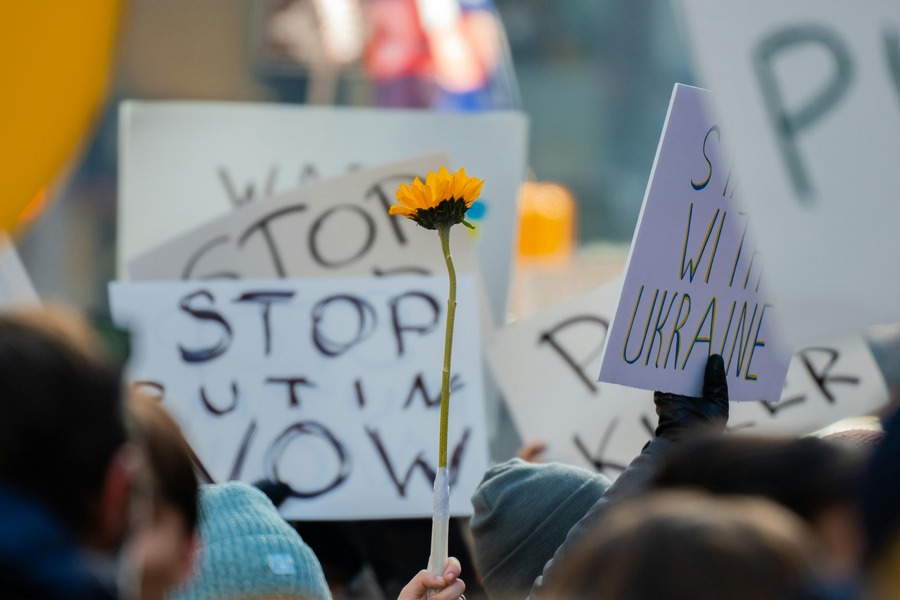
Roger Lawson: Why reading the room is essential for great supporter loyalty
May 12, 2021
A good call: Where now for telephone fundraising?
June 9, 2021Emphasising the critical role supporters play in enabling charities to provide vital services, and their loyalty even when times are tough, the pandemic saw many charities place an increased focus on supporter care as they sought to show their gratitude, and give back. Fundraising Europe speaks to four charities to find out just how they put their supporters front and centre during the crisis, sharing insight from sector experts around what can be done to grow donor loyalty.
For at least three decades, the charity sector been exploring the concept of relationship fundraising and working out how best they can put supporters at the heart of what they do. But it’s during the past year – with a pandemic shaking up the world around us and with nonprofits facing critical funding shortages – that we’ve seen some of the most exceptional and inspirational examples of supporter care.
In this feature, we round up four campaigns where organisations reached out to supporters to communicate how important they are. With no ask for funds and no expectation, the RNLI, DEBRA Ireland, the Norwegian Association of the Blind and Partially-Sighted and Mercy in Action Onlus put supporters front and centre, uniting their donor communities with authentic heart-felt messaging.
At a time of great uncertainty, charities enabled supporters to feel connected, valued, inspired and empowered; that they are fundamental in transforming lives and making the world a better place. Considering what more can be done across the sector to build and grow donor loyalty, Roger Lawson of About Loyalty and Francesco Ambrogetti of Unicef share their insights at the end of this feature.
RNLI: Making supporters feel part of our crew
The RNLI (Royal National Lifeboat Institution) has a clear mission; to save lives at sea. With lifeboat stations spread across the UK coastline, the organisation has a strong presence on the beach and in coastal areas. Already deeply connected with those communities, when the pandemic hit in 2020, the RNLI made a conscious move to increase its strategic focus on engaging with supporters and communities.
Rory Stamp, strategic content manager at the RNLI, says: “At a time when people were feeling alone, we wanted to reach out and show them that we really cared. If people were on our database, we knew they had done something for us. This was our opportunity to show them how much we value their support.”
The charity launched a campaign thanking donors for being part of the crew. Its message was simple: no matter who you are or what you do, you are all part of our crew and we will look out for each other. The RNLI gave as much focus to the creative for this ‘thank you’ message as it did its appeals.
The campaign resonated with supporters and the RNLI continued to convey this message throughout the year, culminating in its Christmas campaign where families of the crew thanked supporters for bringing their loved ones home. The charity ran fundraising appeals at key points over the year, but the emphasis was on reaching out and thanking everyone at the front end of the chain.
Jayne George, director of fundraising, marketing and media, says: “There was a lot of talk in the sector about whether it was right for charities to carry on fundraising during the pandemic. We decided that it was appropriate if you’d earned the right to ask. We needed to earn that right and we continually strived to do that with more reaching out and more impact reporting, thinking of how we can address supporters’ needs.”
Stamp explains: “We’re heavily inspired by psychological theory – the idea that humans have some essential needs, including the importance of feeling connected with people, feeling competent and feeling in control. All those things were blasted out of the water when lockdown hit. People were struggling to cope with their environment or to go about things in their usual way, they couldn’t see family and they certainly weren’t in control because of the restrictions.
“As charities, we can help to address those needs. To connect with people, to make them feel empowered – that they are helping to save lives. We can help give them back the feeling that they have some control over the world. Through our campaigns, our reporting, we can show people that the donation they gave, the legacy they pledged, that was the right decision and it has made a difference.
“We know we couldn’t do what we do without our supporters and that’s why we thank our donors as well as our crew members for every single rescue. From our volunteers to our crew, their families – whose time is disrupted by lifeboat callouts – to our supporters and the people in our shops, our goal is to look after them all so well that all feel that they are part of the RNLI family; our crew.”
DEBRA Ireland: Turning GivingTuesday on its head to say thank you
Working to support families living with EB (epidermolysis bullosa) – a rare and painful genetic skin condition, DEBRA Ireland has long relied on its events and community-driven activities for income. With both these income streams heavily restricted during the pandemic, the fundraising team knew they had to transform their approach, setting out to build their donor engagement programme and enhance their digital fundraising.
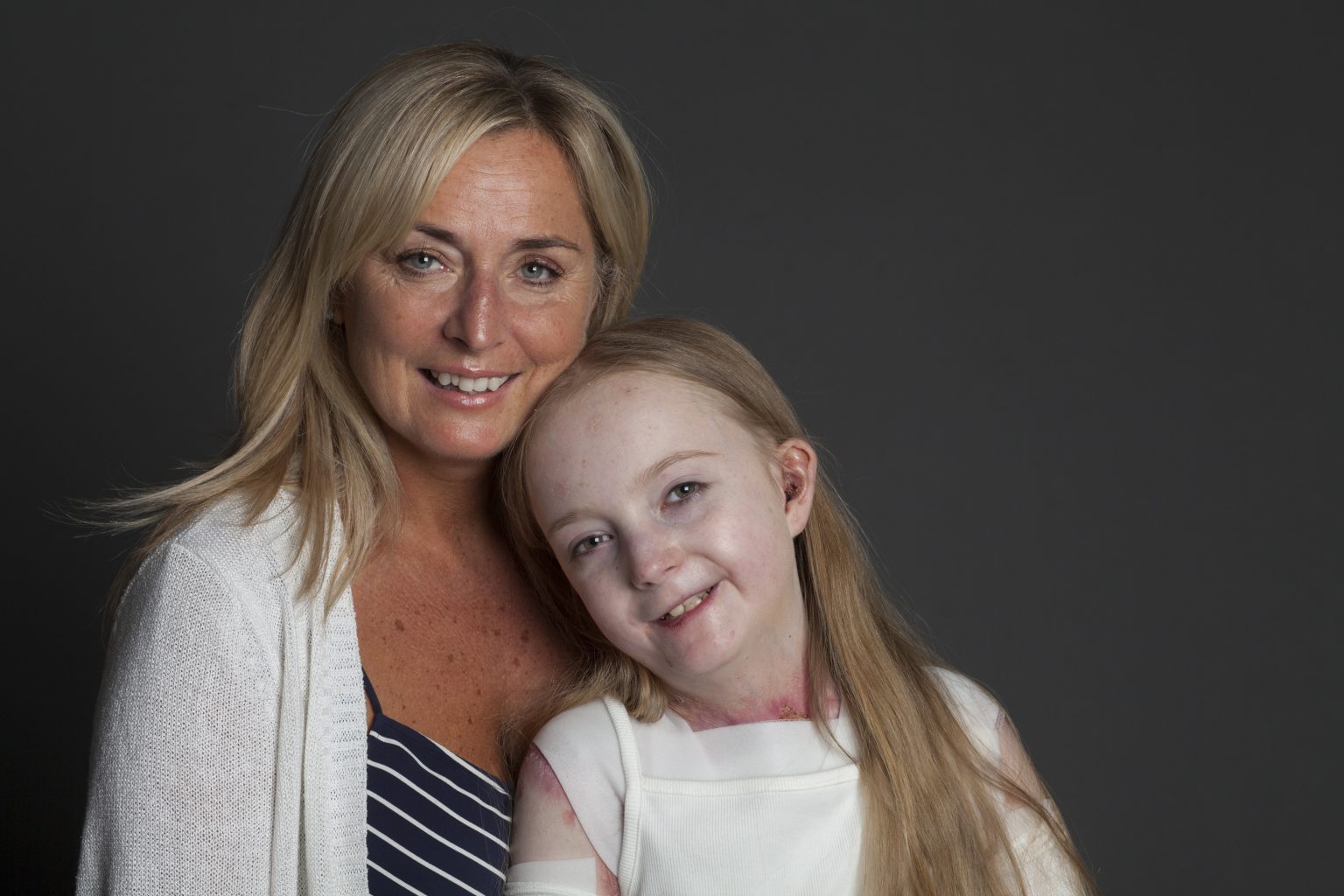
DEBRA Ireland
With little budget or capacity, it was all hands on deck for the DEBRA Ireland team, who redoubled their efforts to communicate with supporters via direct mail, telephone and digital. Throughout the year, the charity focused on ‘donor love’, thanking and reporting back with simple, warm and authentic messaging.
Donors rallied when the charity asked for support in a Covid appeal, with a 24% response rate to their direct mail campaign. In just 10 months, €359,000 was brought in through direct mail, an entirely new source of fundraising for DEBRA Ireland. Despite the extraordinarily challenging year, DEBRA Ireland exceeded all their expectations, bringing in fundraised income of €1.5 million.
So, when GivingTuesday came around, the charity took the opportunity to give back, turning the campaign on its head to thank all their supporters for their kindness, care and generosity.
“We were so grateful and humbled by the extraordinary support that people had shown during the year – one that was so difficult for many. Using this moment to say thank you just felt like the right thing to do,” says Michelle Reynolds, head of fundraising & marketing.
“It was a really simple campaign – probably a little cheesy and from the heart – but that’s us! We sent out a thank you letter written by one of the parents that we help. There was no fancy creative and no reply device. We had no expectations of a giving response from donors, in fact we had put no income target against the campaign, it was just a very real and honest letter showing them what they had made possible.
“We wrote personalised cards to our board members too, drawing on the specific things each of them had done to help. Our CEO organised little gratitude notes and token gifts for each of the staff. And on social, we shared a compilation video featuring the staff and board members, support workers and some of our EB families too, each voicing their own thank you message. Everyone in the office got stuck in – we all wanted to show how grateful we are.”
“The response was overwhelming. We received a 12% response rate on a mailing that wasn’t intended to create income! And we had the most gorgeous notes back from donors. We were so moved by their response.
“We’re a small team and our donors genuinely mean the world to us. We want them to know that, so we do all we can to make them feel special. Whenever we can, we send handwritten thank you notes, personalise our messaging, or pick up the phone. I really feel that if we put supporters at the heart of all we do, the rest comes naturally.”
Norwegian Association of the Blind and Partially-Sighted: Friends like you
A continuous and dedicated focus on values-based supporter relationships enabled the Norwegian Association of the Blind and Partially Sighted (Norges Blindeforbund) to grow both its income and supporter base during 2020, with a ‘no ask’ mailing in March kickstarting that growth.
During the height of the pandemic, the team reached out to supporters by mail and email to share how grateful they are to have ‘friends like you’. Articulating how the pandemic had made life all the more difficult for those with visual impairments – many of whom rely heavily on their sense of touch to move around safely and independently – the charity conveyed how supporters’ gifts had been instrumental in helping beneficiaries navigate these new challenges.
Fundraising director, Leif Wien Jensen, says: “Our focus was on communicating with supporters as we would our best friends. We want them to see how important they are to us and what we can do on the back of their work. And, as with any friendship, that means talking with them honestly about what what’s going on; how life has changed for people with visual impairments, what we can do to help them and the importance of what they do for us.”
“Although we had decided not to ask for money with our first mailing, our supporters were hugely responsive. They sent through gifts – often much bigger donations than we ever would have dreamed of. And when we called to thank them, they gave even more. We really weren’t expecting anywhere near that level of generosity.”
The association followed up its initial campaign with a direct mail appeal, which more than doubled its fundraising target. When the charity called supporters to follow up and invite them to become regular givers, the team was inundated with positive responses from supporters. During March and April of last year, over €2 million was raised across all fundraising channels, a 25% increase from the same period in 2019.
Jensen adds: “The campaign set the tone for our work throughout the year. We’re not after one-time donations, we’re looking to cultivate relationships. The aim is to talk to people face-to-face or on the phone so we can get to know them, prioritising the channels where we can speak one-to-one. We haven’t been able to do street or door-to-door most of the year, but direct mail has helped with our acquisition and the telephone has been crucial for relationship building.
“None of this has meant a particularly big change in our approach – we’ve been heavily focused on supporter needs since 2001 – but it reinforced how important it is to have a values-based supporter model, where we have a relationship with our donors and where we constantly strive to meet their needs. We’ve definitely been reporting back more over the past year and supporters have responded well. The big picture is that donor loyalty is up and, of course, we need those supporters now more than ever.”
The association has recorded its highest ever supporter retention rate (at 78%) in 2020 and a 7% annual increase in the number of monthly donors.

Mercy in Action Onlus: We are far but united
A small nonprofit based in Palermo (Italy), Mercy in Action Onlus brings education and health services to vulnerable people in Africa. With a turnover of around €110,000 annually, the charity is almost wholly reliant on voluntary donations.
In April 2020, when Italy was in the full throes of the pandemic, Mercy in Action launched the #distantimauniti campaign, meaning ‘we are far but united’.
Martina Venzo, director of programs at Mercy in Action Onlus, says: “The health crisis in Italy was all around us. People were frightened and alone. We wanted to find a way to keep connected with our supporters and volunteers, reminding them how important they are to us and uniting them.
“We launched a simple campaign on email and social media, asking our supporters – many had visited our missions in Ethiopia and Uganda – to send pictures and a story of their trips. We shared these over the next 40 days on Facebook. The campaign reached more than 5,000 people, with 1,200 clicking through to find out more about our work. This was a huge reach for us.”
The campaign carried a dual objective; to keep supporters connected, and to ‘open the window’ beyond the health crisis to the wider world where people still need the charity’s help. Digital channels, WhatsApp, YouTube, the telephone and its newsletter really helped it get that message out there.
“Our director also called supporters to keep in touch, checking how they were, with the focus very much on their wellbeing. We know that our supporters are so much more important than money. We need them to be there for the long-term.”
The campaign inspired a strong sense of community across the organisation’s supporter base.
Venzo adds: “When we launched our fundraising appeal #unsaccodimisericordia (a bunch of mercy) to raise money for food for vulnerable people in Africa, the response was wonderful. We reached 5,000 people – ten times our initial target – and raised €4,000 to distribute food.
“Thanks to our growth in supporters, digital communication and frequent social media interactions, this campaign allowed us to create engagement, strengthen supporter connections and truly galvanise our fundraising dynamics.”

Building donor loyalty
Each of these charities are deeply connected with their supporters. The campaigns are reflective of an organisational culture that cherishes those relationships, aiming to earn and inspire donor loyalty every step of the way. And across the sector, the dial seems to have shifted over the past year with greater emphasis on delivering better and more consistent supporter care.
Francesco Ambrogetti, senior coordinator of supporter engagement at UNICEF and author of Hooked on a feeling, believes that the sector has come a long way, but that there is far greater potential, saying: “So many charities don’t yet understand why it’s so important or how to make it happen. There’s recognition of the need to invest in mass marketing for acquisition, but few are willing to put anywhere near this level of investment in retention.
“The sector is wonderful at inspiring people to donate. We need to be able to build on that experience in a meaningful way if we are to form long-term relationships that will fund long-term solutions. Saying ‘thank you’ as part of a formulaic response is not enough. The approach has to be authentic, human and ultra-personal.”
Roger Lawson, founding director at About Loyalty, agrees that there is far greater potential for building supporter loyalty, saying that charities need to keep ‘reading the room’ to determine what supporters need or want from charities. He adds: “What’s right today won’t necessarily be right tomorrow. If we go back 12 months, everyone was scared, confused and feeling isolated. And yet there was also a tremendous amount of good feeling created as communities came together to support and care for each other. There was a genuine feeling that we should support one another, and while many things changed very fast, one thing didn’t – the desire to help. Many charities saw record responses to their appeals.”
Expanding on his views in a blog for EFA, he encourages nonprofits to be flexible with their messaging to reflect what’s happening in the world, to anticipate that some donors will be experiencing hard times and to make them feel great for all the ways they have helped.
Above all, Lawson stresses the importance of charities in giving people hope, particularly in difficult times. He says: “Always offer hope. People still need it, and we can offer it like no other sector. When you’re asking for money, show the difference the donor can make. When you’re thanking them, show them what has happened because of their gift. When you’re sharing stories, show them the progress you’re making. Fill that void and your donors will love you for it.”
Related feature:
Roger Lawson: Why reading the room is essential for great supporter loyalty
Further reading:
Book: Hooked on a Feeling, Francesco Ambrogetti
